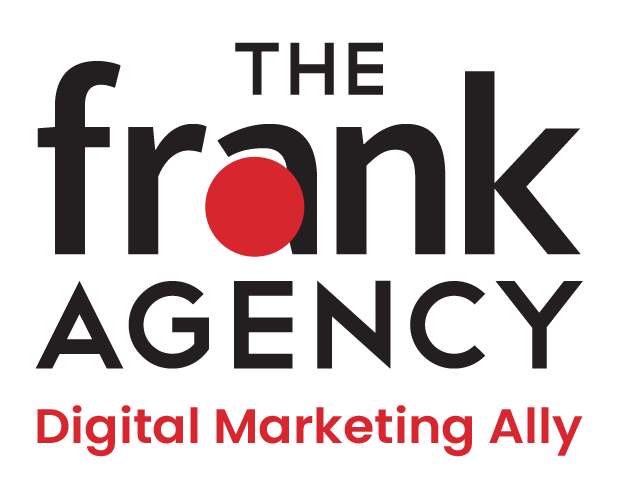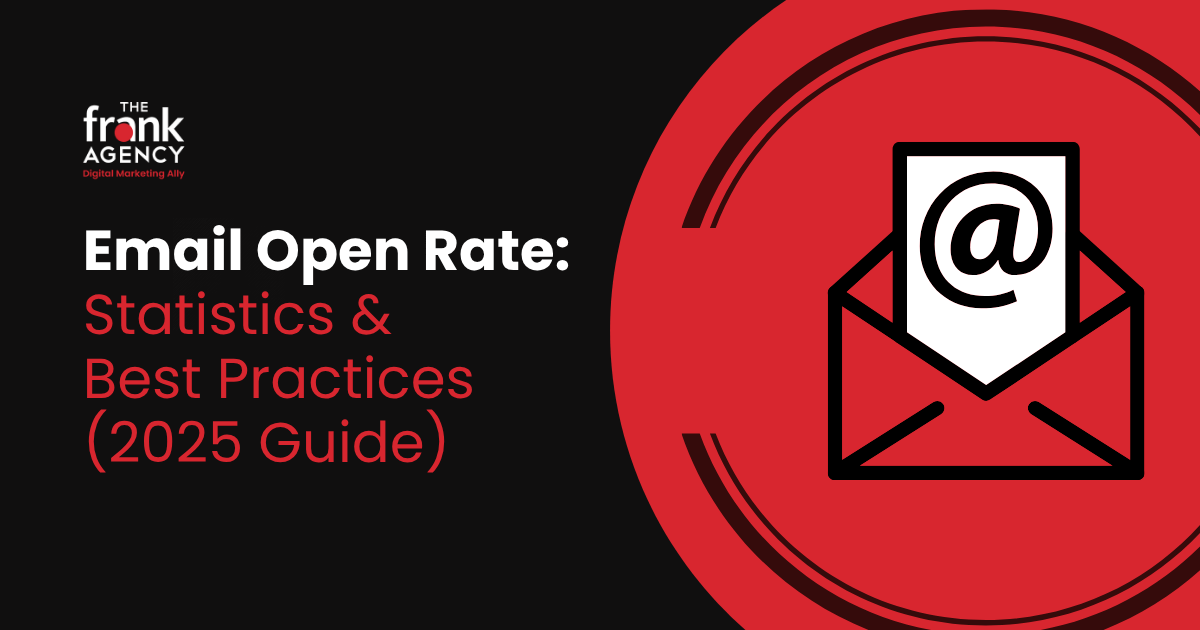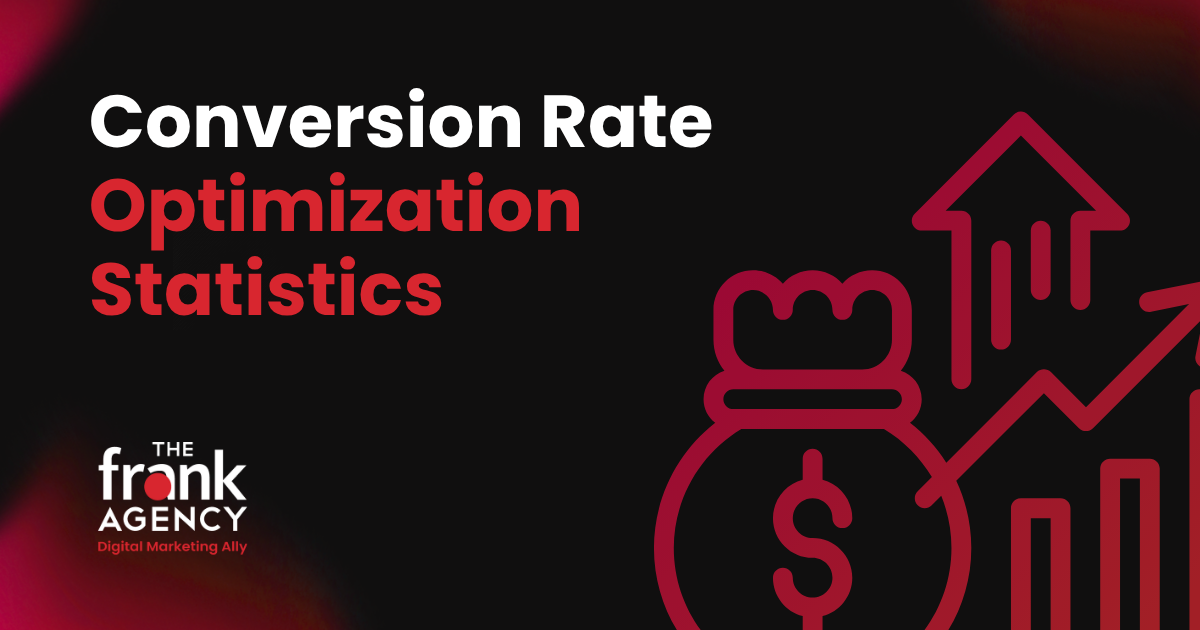In today’s search landscape, it’s more important than ever for businesses to focus on smart revenue generation strategies to meet projected goals. Integrating revenue marketing strategies into a campaign is essential for companies looking to track efforts andand increase their sales.
However, with numerous advertising platforms and marketing channels available today, it can be challenging to determine which metrics to track and optimize your campaigns for. Cost per click (CPC), click-through rate (CTR), and cost per lead (CPL) are some of the most common metrics used to measure the performance of marketing campaigns.
While tracking these metrics is crucial, optimizing your media campaigns based on them alone can be a mistake. This article will discuss why businesses should optimize for revenue marketing rather than focus solely on CPC, CTR, and CPL.
What is Revenue Marketing?
Revenue marketing refers to a strategic approach that focuses on driving measurable revenue growth by aligning marketing activities and efforts directly with sales and revenue goals. It emphasizes data-driven decision-making, and collaboration between marketing and sales teams and uses data to demonstrate their impact on revenue generation.
Why Tracking CPC, CTR, and CPL is important?
Before delving into why optimizing marketing campaigns based on CPC, CTR, and CPL is a mistake, it’s important to understand to revenue generation.
- Cost-per-click (CPC) measures the average amount you pay for each click on an ad.
- Click-through Rate (CTR) measures how many people clicked on your ad after viewing it.
- Cost-per-lead (CPL) measures how much it costs to acquire a lead or potential customer.
These metrics provide valuable insight into the effectiveness of your marketing ads and can help guide your marketing strategy for revenue generation.
CPC, CTR, and CPL are commonly used as key performance indicators (KPIs) when evaluating the success of a marketing campaign. By monitoring these metrics, marketers can quickly identify when changes need to be made to their campaigns to help drive clicks to conversions.
For example, if a campaign has a high CPC, this may indicate that the targeting needs to be adjusted to reach a more relevant audience. Similarly, if the CTR is low, it may mean that the ad’s creative elements need to be revised.
However, it is important to remember that these metrics only provide a partial view of your campaign’s effectiveness. They do not necessarily reflect the overall impact of your revenue generation efforts on your business.
Why Optimizing for CPC, CTR, and CPL is a mistake?
While CPC, CTR, and CPL can be useful metrics to track revenue generation, optimizing campaigns based solely on these metrics is short-sighted and can lead to poor performance in the long run. The ultimate goal of any marketing campaign should be to attract paying customers and generate revenue. Not all customers are created equal, and optimizing your campaigns based on CPC or CTR alone does not consider the quality or value of the users you are attracting.
Incorporating a revenue marketing strategy in media campaigns for revenue and profitability is a more effective way to ensure a sustainable return on investment (ROI) from your marketing efforts. Instead of focusing solely on CPC or CTR, consider how much revenue each campaign generates and its impact on profitability. By analyzing these metrics, you can identify which campaigns generate the most valuable customers and which are not worth the investment.
How to Optimize Campaigns for Revenue and Profitability?
Optimizing revenue generation campaigns for requires shifting focus from clicks and traffic to reveunue and profitability. . Some strategies include:
- Set Clear Goals: Define clear revenue goals and KPIs for each campaign, such as customer acquisition cost (CAC), customer lifetime value (CLV), and return on ad spend (ROAS).
- Understand Your Customer: Understand the needs and preferences of your target audience, and tailor your messaging and targeting accordingly.
- Measure the Right Metrics: Track metrics directly related to revenue and profitability, such as conversion rate, AOV, and ROAS.
- Focus on Quality: Prioritize targeting high-quality leads with a higher potential for conversion and profitability.
- Leverage Data-Driven Tools: Use data-driven tools to collect and analyze customer data, enabling you to identify trends and patterns that can help you optimize your campaigns.
- Continuously Monitor Performance: Monitor performance metrics to identify areas for improvement and refine your campaign strategy accordingly.
Understanding Revenue Generation in Marketing
Revenue generation is key to connecting the sales and marketing efforts,that drive clicks to conversions. By incorporating revenue and marketingin your campaigns, you can increase your chances of success. While CPC, CTR, and CPL are essential metrics to track, optimizing your media campaigns based on these metrics alone is a mistake. Instead, campaigns should be optimized for revenue and profitability since the goal of any company is to acquire paying customers, not just clicks.






